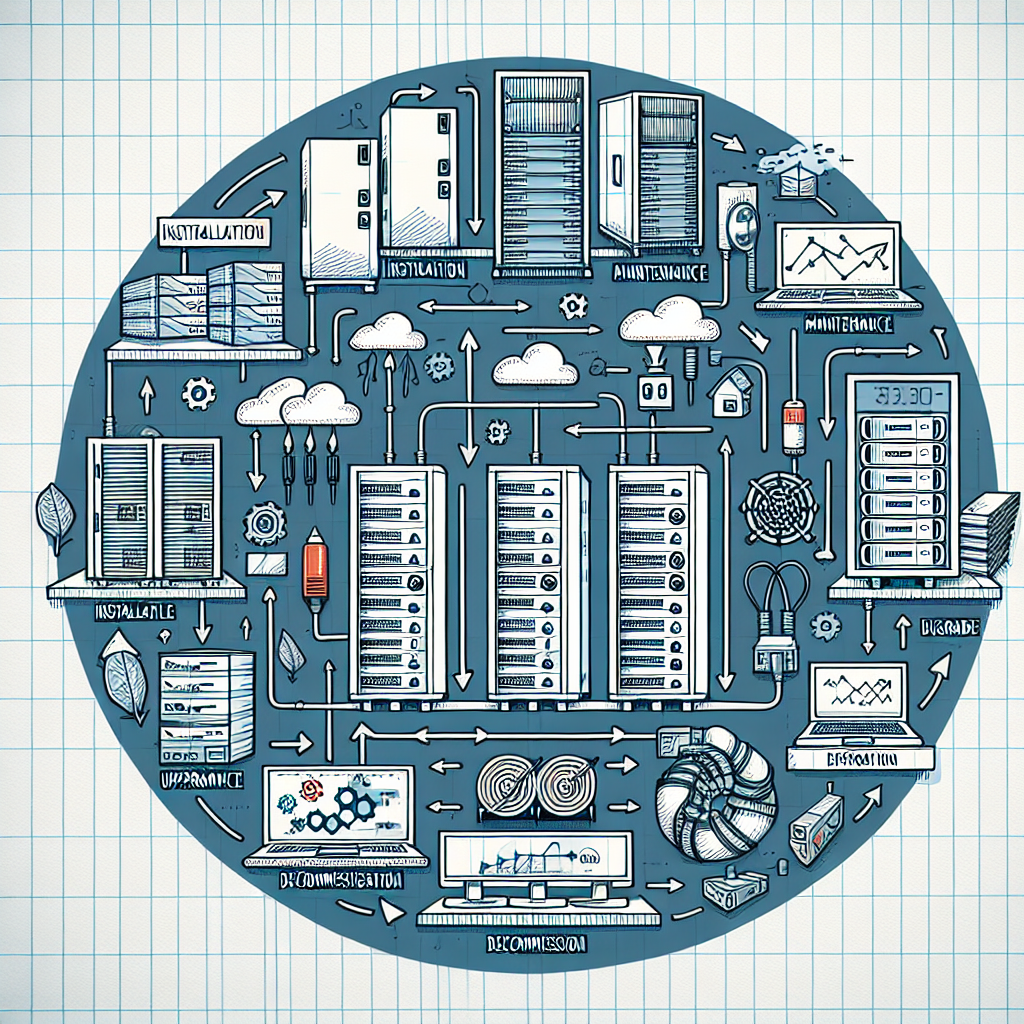Data centers are the backbone of modern businesses, providing the infrastructure needed to store and process vast amounts of data. In order to ensure that data centers operate at optimal efficiency, proper lifecycle management is essential. From design and construction to operation and decommissioning, every stage of a data center’s lifecycle plays a crucial role in maximizing efficiency.
Design and Construction
The first step in maximizing efficiency in data center lifecycle management is to carefully plan and design the infrastructure. This includes selecting the right location, determining the size and layout of the facility, and choosing the appropriate equipment and technologies. By carefully considering these factors, businesses can ensure that their data center is able to meet their current and future needs while minimizing energy consumption and operational costs.
During the construction phase, it is important to work closely with contractors and vendors to ensure that the facility is built to the highest standards. This includes implementing energy-efficient technologies, such as cooling systems and power distribution units, to reduce the data center’s carbon footprint and lower operating costs. Additionally, businesses should consider implementing modular designs that allow for easy scalability and upgrades as the organization grows.
Operation and Maintenance
Once the data center is up and running, it is important to implement best practices for operation and maintenance. This includes regularly monitoring and managing the facility’s performance, conducting routine maintenance checks, and optimizing resources to ensure maximum efficiency. By proactively managing the data center, businesses can identify and address issues before they become major problems, reducing downtime and improving overall performance.
One key aspect of data center lifecycle management is implementing a comprehensive energy management strategy. This includes monitoring power usage, implementing energy-efficient technologies, and optimizing cooling systems to reduce energy consumption and lower operating costs. By carefully managing energy usage, businesses can not only reduce their environmental impact but also save money in the long run.
Decommissioning
At the end of a data center’s lifecycle, it is important to carefully plan for decommissioning and disposal. This includes safely removing and disposing of equipment, ensuring data security and compliance with regulations, and properly decommissioning the facility to minimize environmental impact. By following best practices for decommissioning, businesses can ensure a smooth transition to a new facility or technology, while minimizing costs and risks.
In conclusion, maximizing efficiency in data center lifecycle management requires careful planning, proactive monitoring, and strategic decision-making at every stage of the process. By implementing best practices for design, construction, operation, and decommissioning, businesses can ensure that their data center operates at peak performance, while minimizing costs and environmental impact. With proper lifecycle management, businesses can maximize the value of their data center investments and stay ahead in today’s competitive business landscape.


Leave a Reply